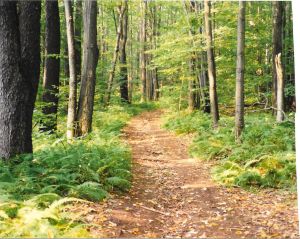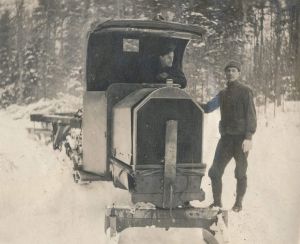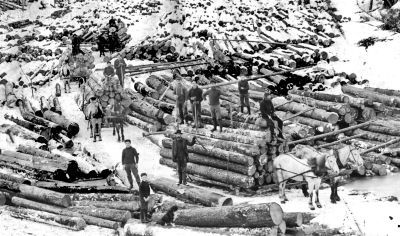An excerpt from “Timber Cruising”
“Eyewitness to Logging” is an assemblage of vintage logging images that capture the scenes once common around lumber camps, centers of the logging industry built exclusively for the famed lumberjacks. Here you will find photos of early mechanical logging equipment, old-time logging scenes, and personal recollections of life in the lumber shanties.
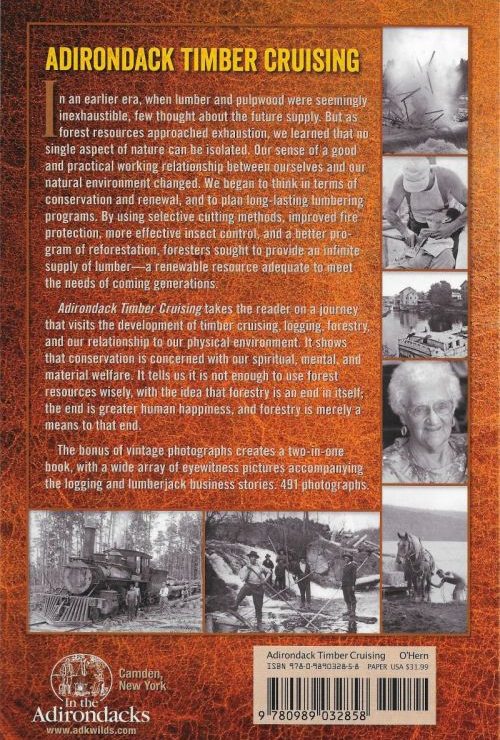

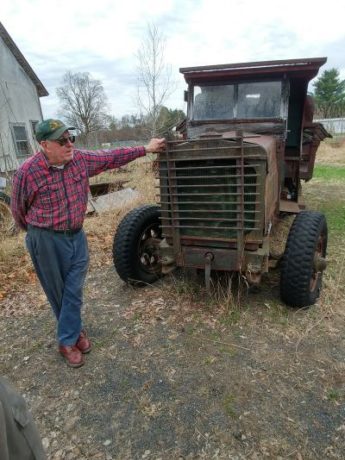
Left: Marge grew up around lumber camps in the 1920s.
Lower Left: Leigh Portner’s newest Linn tractor proves there are still collector gems to be found. This antique ‘s motor turned over after setting 75 years.
Below: Mart Allen, highly respected extraordinary woods man inspired this book
Lower right: Rita reassured the author she knew how to keep lumberjacks in line in her cookhouse,


